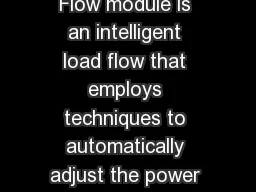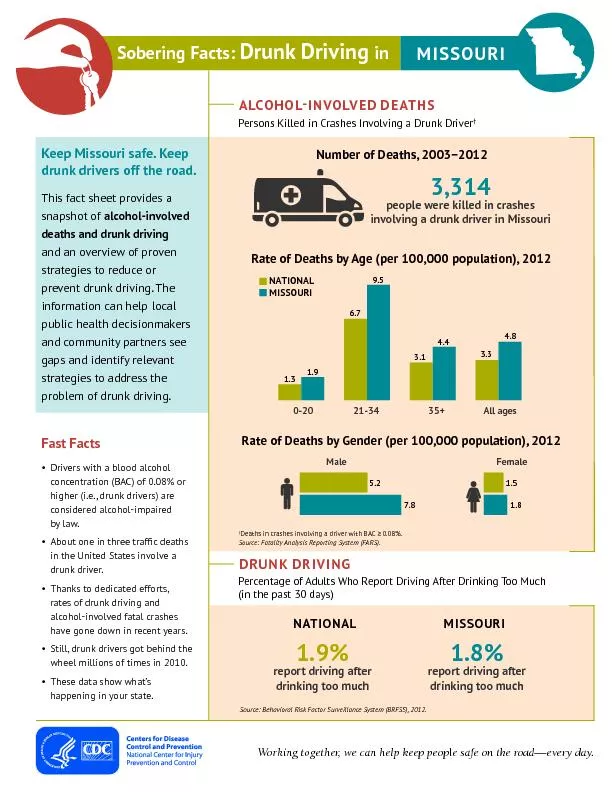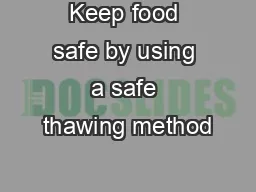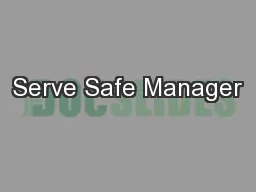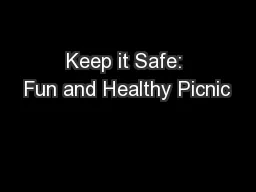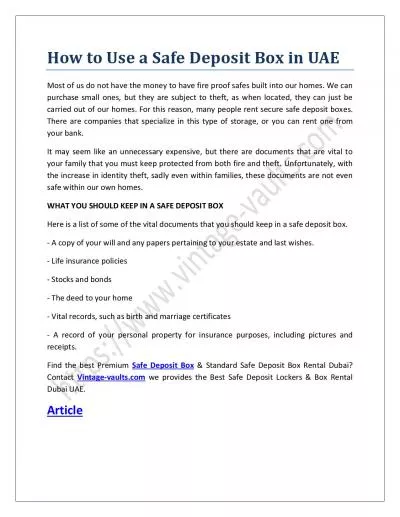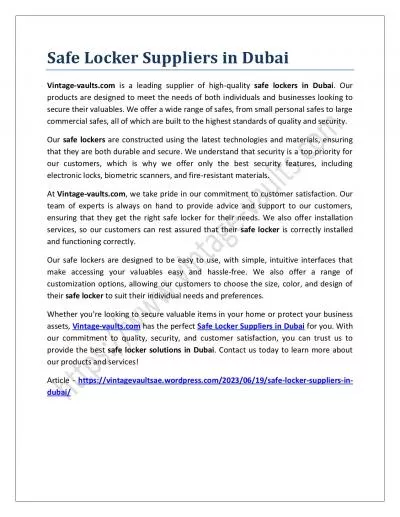PPT-To keep food safe throughout the flow of food:
Author : trish-goza | Published Date : 2018-11-04
Prevent crosscontamination Prevent timetemperature abuse 42 The Flow of Food Separate equipment Use separate equipment for each type of food Clean and sanitize
Presentation Embed Code
Download Presentation
Download Presentation The PPT/PDF document "To keep food safe throughout the flow of..." is the property of its rightful owner. Permission is granted to download and print the materials on this website for personal, non-commercial use only, and to display it on your personal computer provided you do not modify the materials and that you retain all copyright notices contained in the materials. By downloading content from our website, you accept the terms of this agreement.
To keep food safe throughout the flow of food:: Transcript
Download Rules Of Document
"To keep food safe throughout the flow of food:"The content belongs to its owner. You may download and print it for personal use, without modification, and keep all copyright notices. By downloading, you agree to these terms.
Related Documents


